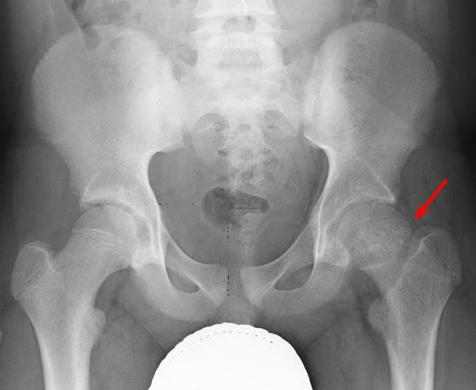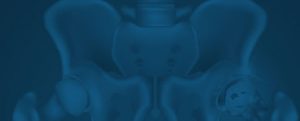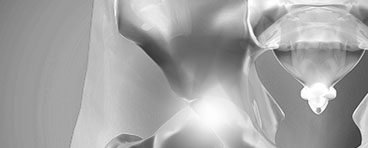Click on the links below to find out more
SCFE- Slipped Capital Femoral Epiphysis
Decription
SCFE is the most common hip disorder in adolescents. In SCFE, the epiphysis, or head of the femur (thighbone), slips down and backwards off the neck of the bone at the growth plate, the weaker area of bone that has not yet developed.
CAUSES
SCFE usually develops during periods of rapid growth, shortly after the onset of puberty
- In boys, this most commonly occurs between the ages of 12 and 16
- In girls, between the ages of 10 and 14.
Sometimes SCFE occurs suddenly after a minor fall or trauma. More often, however, the condition develops gradually over several weeks or months, with no previous injury.
Risk factors that make someone more likely to develop the condition include:
- Excessive weight or obesity—most patients are above the 95th percentile for weight
- Family history of SCFE
- Endocrine or metabolic disorder
An endocrine or metabolic disorder, such as hyperthyroidism—this is more likely to be a factor for patients who are older or younger than the typical age range for SCFE (10 to 16 years of age)
Types of SCFE include:
Stable SCFE
The patient is able to walk or bear weight on the affected hip, either with or without crutches. Most cases of SCFE are stable slips.
Unstable SCFE
This is a more severe slip. The patient cannot walk or bear weight, even with crutches. Unstable SCFE requires urgent treatment. Complications associated with SCFE are much more common in patients with unstable slips.
SCFE usually occurs on only one side; however, in up to 40 percent of patients (particularly those younger than age 10) SCFE will occur on the opposite side, as well—usually within 18 months.
Symptoms
Symptoms vary, depending upon the severity of the condition.
A patient with mild or stable SCFE will usually have intermittent pain in the groin, hip, knee and/or thigh for several weeks or months. This pain worsens with activity. The child may walk or run with a limp after a period of activity, their leg may turn ‘out’ more than the other leg.
In more severe or unstable SCFE, symptoms may include:
- Sudden onset of pain, often after a fall or injury
- Inability to walk or bear weight on the affected leg
- Outward turning (external rotation) of the affected leg
- Discrepancy in leg length—the affected leg may appear shorter than the opposite leg

A 11-year-old boy with unstable SCFE. His affected leg is turned outward and is shorter than the other leg.
X-Rays
Routine x-rays of the pelvis, hip, and thigh from several different angles confirm the diagnosis.
In a patient with SCFE, an x-ray will show that the head of the thighbone appears to be slipping off the neck of the bone.








